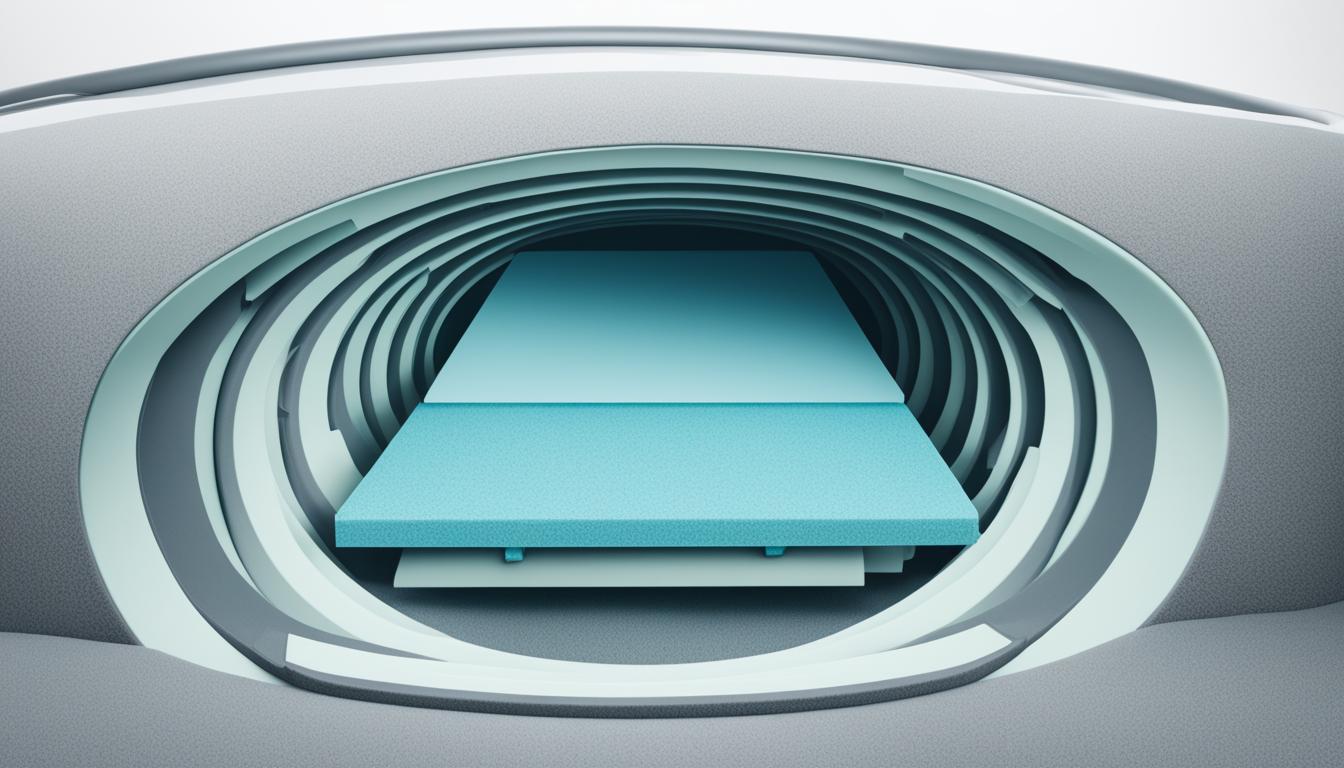We’ve all experienced those long road trips where outside noises drown out our music and conversations. Road and engine rumble overpower the low frequencies, while wind noise distorts crisp highs. For audiophiles and casual listeners alike, achieving a premium sound quality in the vehicle is a priority. Beyond expensive speaker and amplifier upgrades, sound deadening offers music lovers a more budget-friendly way to dramatically enhance audio quality throughout all frequencies. This comprehensive guide explores how sound deadening works, the different material options, proper installation techniques, and the significant improvements to expect when targeting unwanted vibrations at their source.
Key Takeaways
- Road and engine noise can severely degrade audio quality in vehicles
- Sound deadening is a cost-effective way to improve car audio systems and upgrades
- Proper sound deadening techniques can enhance bass, reduce distortion, and improve overall audio clarity
- Sound damping and sound deadening materials offer different solutions for optimal audio performance
- Careful installation of sound deadening materials is crucial for maximizing the benefits
Importance of Pristine Audio Quality in Cars
As technology continues to evolve rapidly, the modern car owner’s expectations for stellar audio experiences have reached unprecedented heights. Immersing oneself in crystal-clear soundtracks, powerful bass notes, and life-like audio is no longer just a luxury; it has become a sought-after norm for many automotive enthusiasts. The quest to achieve this ultimate auditory experience has led to the rapid development and improvement of car audio systems.
Immersive Audio Experience on the Road
However, even with the best audio system in place, the true potential of your car’s sonic capabilities may be hindered by external noises and vibrations. Sound deadening materials work by reducing cabin noise, damping vibrations, and minimizing rattles that can interfere with the clarity, detail, and impact of your car’s audio system. By effectively isolating the audio system from these hindrances, you can immerse yourself in a truly captivating sound experience, making every soundtrack come to life.
Enhancing the Driving Experience
The importance of pristine audio quality in cars extends beyond just providing a more immersive listening experience. By optimizing the car’s audio performance through sound deadening, you can elevate the overall driving experience, creating a more enjoyable and engaging journey. Whether you’re commuting, embarking on a road trip, or simply enjoying your favorite music, the ability to hear your audio system at its full potential can significantly enhance your time behind the wheel.
Understanding Noise and Vibration Sources
Before diving into the world of sound deadening solutions, it’s crucial to comprehend the impact of noise and vibrations on car audio performance. The three primary sources of noise that can disrupt car audio quality include road noise, engine noise, and structural vibrations.
Road Noise
Road noise primarily stems from the friction between your tires and the pavement, as well as other factors like wind, nearby traffic, and suspension systems. At high speeds, road noise can increase rapidly, drowning out the audio system and compromising sound clarity.
Engine Noise
As the heart of your vehicle, the engine generates a plethora of noises, including those from the combustion process, cooling system, and belts. While some engine sounds may be music to the ears of a car enthusiast, they often disrupt the pristine audio experience when enjoying your favorite tunes.
Structural Vibrations
Vibrations and rattles are caused by metal components resonating as your car moves on the road, and these can cause doors, windows, and other parts to rattle, further disrupting the car’s audio performance.
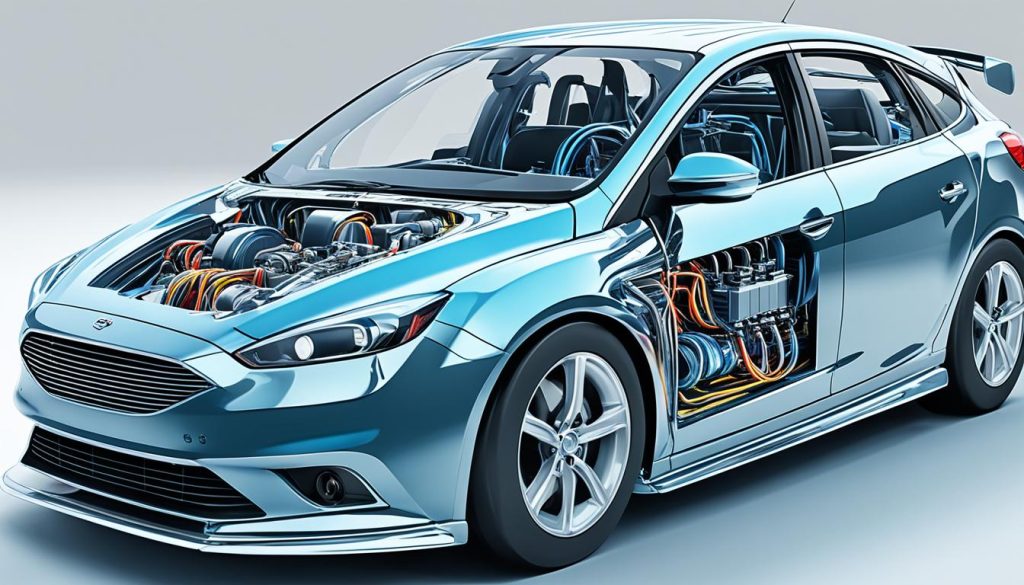
What is Sound Deadening?
Beyond expensive speaker and amplifier upgrades, Dodo Sound Deadening offers music lovers a more budget-friendly way to dramatically enhance audio quality throughout all frequencies. In this comprehensive guide, we’ll explore how sound deadening works, the different material options, proper installation techniques, and how much improvement to expect when targeting unwanted vibrations at their source.
Mass and Inertia
Products like MLV incorporate dense layers that add inertia to panels, pushing natural flexing resonance out of the audible range for human hearing. This mass and inertia-based approach is highly effective at dampening vibrations and minimizing their impact on your car’s audio system.
Damping and Friction
Butyl rubber and other formulations convert kinetic vibrational energy into low-level heat through molecular friction, eliminating the “ring” faster than it can build. This damping and friction-based sound deadening technique helps to effectively dissipate unwanted vibrations before they can interfere with your music.
Adhesion and Coupling
Strong adhesive backs keep deadening materials firmly coupled to metal, so they can most efficiently damp vibrations at their source before noise spreads throughout the vehicle’s structure. This adhesion and coupling ensure the sound deadening materials work in harmony with the car’s components to provide maximum noise reduction.
Barrier Effect
In addition to damping, sound deadening creates an air gap barrier that stops lower frequencies from transferring impact sounds between surfaces as easily. This barrier effect helps to stabilize panels, allowing them to play audio signals as intended without coloration from the vehicle structure’s inherent resonances.
Types of Sound Deadening Materials
While the underlying principles of sound deadening remain consistent, various material formulations excel in addressing specific needs. Let’s explore the key options and their unique strengths.
Mass Loaded Vinyl (MLV)
Mass Loaded Vinyl (MLV) features a rigid vinyl face bonded to layers of sound-absorbing lead, adding considerable inertia to rapidly halt vibrations. However, this material is thick, heavy, and requires professional adhesion, making it primarily suitable for sound studios demanding acoustic perfection.
Butyl Rubber
Butyl rubber, a synthetic and asphalt-based putty-like substance, is viscoelastic – simultaneously damping and allowing some flexibility. Products like Dynamat contour easily, activate on contact, and hold firmly while still allowing removal without damage. Butyl remains the most cost-effective choice for quality home and car audio results.
Polymer Coatings
Liquid or spray-on polymer coatings form thin, flexible barriers, lacking the mass of MLV or butyl solids, but can fill seams and holes. Viscoelastic polymer coatings also work well as a supplemental treatment, complementing the performance of other sound deadening materials.
Foam Pads
Self-adhesive isolation foam promotes the decoupling of linked surfaces, blocking lower mid-range resonance transfer. While foam alone provides less robust damping than butyl or MLV solutions, it serves as an effective tool in conjunction with other sound deadening materials.
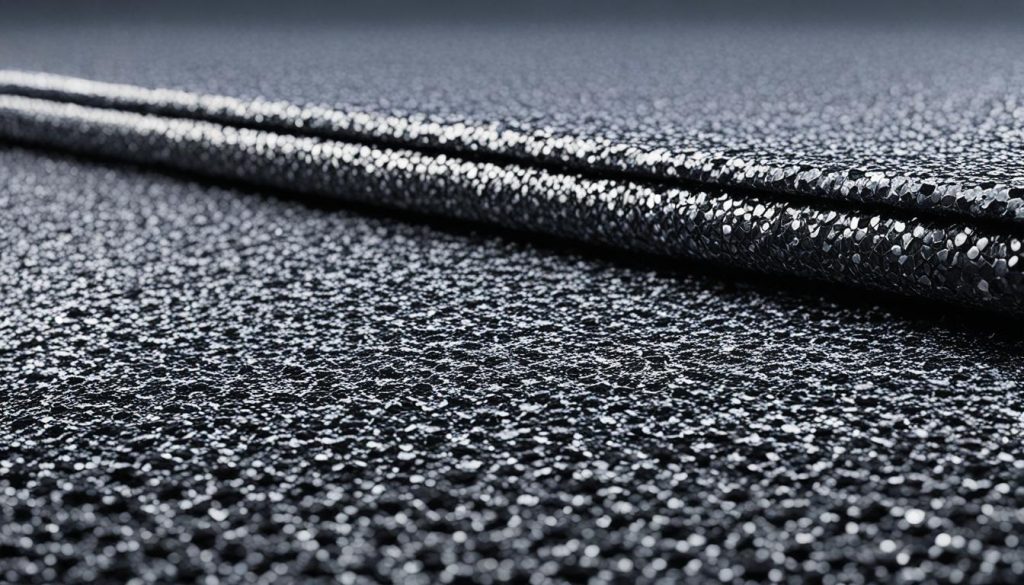
Car Audio Systems and Upgrades
Beyond just muffling unwanted noises, sound deadening provides several tangible enhancements to car audio systems and overall audio quality throughout a vehicle. This includes delivering deeper, tighter bass by damping sheet metal resonances, allowing speaker cones freer movement without spurious vibrations coloring low-frequencies. Sound deadening also reduces distortion by eliminating interference points that would otherwise distort soundwaves as they radiate through the car.
With outside noises blocked, audio can be played at lower listening levels before feedback occurs, preserving dynamic range and decreasing listener fatigue. Treble quality improves as wind noise is reduced, and stereo separation increases as each speaker output remains distinct. The result is a more holographic, three-dimensional soundfield around occupants. Vibrations that fatigue amplifiers and subwoofers faster over time are also minimized, maintaining fidelity longer.
Benefits of Sound Deadening for Car Audio
Beyond just muffling unwanted noises, sound deadening provides several tangible enhancements to audio quality throughout a vehicle. This includes delivering deeper, tighter bass by damping sheet metal resonances, allowing speaker cones freer movement without spurious vibrations coloring low-frequencies. Sound deadening also reduces distortion by eliminating interference points that would otherwise distort soundwaves as they radiate through the car.
With outside noises blocked, audio can be played at lower listening levels before feedback occurs, preserving dynamic range and decreasing listener fatigue. Treble quality improves as wind noise is reduced, and stereo separation increases as each speaker output remains distinct. The result is a more holographic, three-dimensional soundstage expansion around occupants. Vibrations that fatigue speakers and amplifiers faster over time are also minimized, maintaining fidelity longer for your audio components.
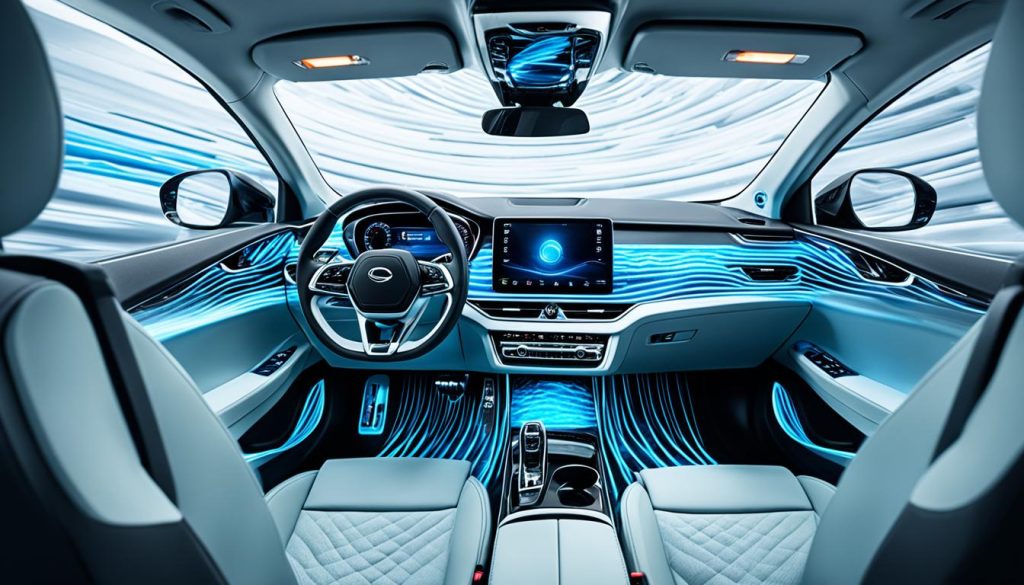
Proper Installation Techniques
Implementing sound deadening solutions in the right areas of your vehicle is essential to maximizing their benefit and optimizing your audio experience. Applying damping mats to the interior metal surfaces of your car’s doors can significantly reduce vibrations and improve audio quality. Installing MLV or closed-cell foam can further block airborne noise from entering the cabin.
Covering your car’s floor with damping mats or MLV can cut down on road noise and vibrations, and the trunk is also a common source of vibration and rattles that can negatively impact audio quality. Attaching damping mats to the interior metal surfaces of the roof can help minimize noise from wind and motion, while closed-cell foam above the car’s headliner can add an extra layer of insulation for reduced cabin noise.
Maintenance and Upkeep
To ensure lasting sound deadening maintenance, regular upkeep of these materials is crucial. Regularly inspecting the installed sound deadening for signs of wear or damage and replacing or repairing any sections showing degradation or adhesion failure is important for maintaining optimal audio quality.
Periodic Inspection
Conducting periodic inspection of the sound deadening materials in your vehicle is key to identifying and addressing any issues before they negatively impact your audio experience. Look for cracks, peeling, or other signs of deterioration, and address them promptly to maintain the integrity of the sound isolation.
Proper Cleaning Methods
When it comes to cleaning methods, it’s crucial to use a mild, non-abrasive cleaner and a soft cloth to avoid damaging the sound deadening materials. Excessive moisture can also seep between the layers, leading to degradation, so it’s important to avoid oversaturating the treated surfaces during cleaning.
| Maintenance Task | Frequency | Recommended Approach |
|---|---|---|
| Inspect for Damage | Every 6 months | Visually inspect for cracks, peeling, or other signs of wear and replace or repair as needed |
| Clean Treated Surfaces | Every 3 months | Use a mild, non-abrasive cleaner and a soft cloth; avoid excessive moisture |
By staying vigilant with sound deadening maintenance, including periodic inspection and proper cleaning methods, you can ensure your car’s sound isolation system continues to deliver exceptional audio quality for years to come.
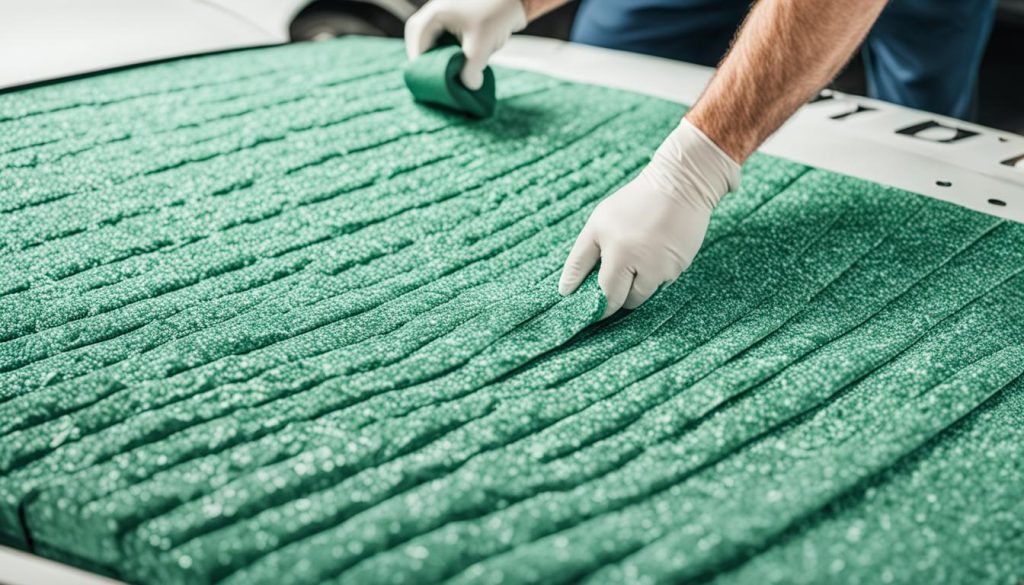
Cost and Value Considerations
While the upfront cost of sound deadening may seem daunting, the long-term benefits and value it provides for your car’s audio system can make it a worthwhile investment, especially if you plan to keep the vehicle for an extended period. The improved audio quality, reduced fatigue, and increased longevity of your audio components can justify the initial expense. Additionally, sound deadening can be a cost-effective alternative to expensive speaker and amplifier upgrades, providing significant improvements to your listening experience.
| Factors Influencing the Value of Sound Deadening | Potential Benefits |
|---|---|
| Improved Audio Quality | Deeper, tighter bass; reduced distortion; sharper highs; expanded soundstage |
| Reduced Listener Fatigue | Ability to listen at lower volumes without compromising dynamics |
| Increased Audio Component Longevity | Minimized vibrations that can damage speakers and amplifiers over time |
| Cost-Effectiveness Compared to Upgrades | Significant audio performance boost without the need for expensive components |
By carefully considering the cost of sound deadening and the long-term value it can provide, you can make an informed decision that aligns with your budget and audio quality aspirations for your vehicle. The investment in sound deadening can deliver a truly transformative listening experience, making it a smart choice for both audiophiles and casual listeners alike.
Choosing the Right Sound Deadening Solution
When it comes to choosing sound deadening solution for your vehicle, it’s important to consider several key factors. Firstly, you need to identify the specific noise and vibration issues you’re facing, whether it’s road noise, engine rumble, or structural vibrations. This will help you determine the areas of your car that require targeted treatment.
Next, you’ll need to consider your budget and the desired level of audio quality improvement. Selecting sound deadening materials can vary in cost, from more affordable options like butyl rubber to premium solutions like mass-loaded vinyl (MLV). By consulting with experienced installers or experts in the field, you can ensure you choose the most suitable sound deadening materials and application techniques for your unique needs.
To maximize the benefits of sound deadening, it’s crucial to take the time to research and select the right solution. This will not only enhance your car’s audio experience but also unlock a new level of immersive and enjoyable driving. By addressing the root causes of noise and vibration, you can elevate your car’s audio system performance and create a sanctuary of pristine sound quality.
| Sound Deadening Material | Key Features | Best Application |
|---|---|---|
| Mass Loaded Vinyl (MLV) | Rigid vinyl face bonded to sound-absorbing lead, providing high inertia and vibration damping | Ideal for sound studios and applications requiring acoustic perfection |
| Butyl Rubber | Viscoelastic synthetic and asphalt-based material that contours easily and activates on contact, providing effective damping and flexibility | Cost-effective solution for quality home and car audio results |
| Polymer Coatings | Thin, flexible barriers that can fill seams and holes, with viscoelastic variants providing supplemental damping | Suitable for targeting specific areas and as a complementary treatment |
| Foam Pads | Self-adhesive isolation foam that promotes decoupling of linked surfaces, blocking lower mid-range resonance transfer | Effective for supplementing other sound deadening solutions, but less robust damping on its own |
By taking the time to research and select the right sound deadening solution for your vehicle, you can maximize the benefits of this critical enhancement and elevate your car’s audio experience to new heights.
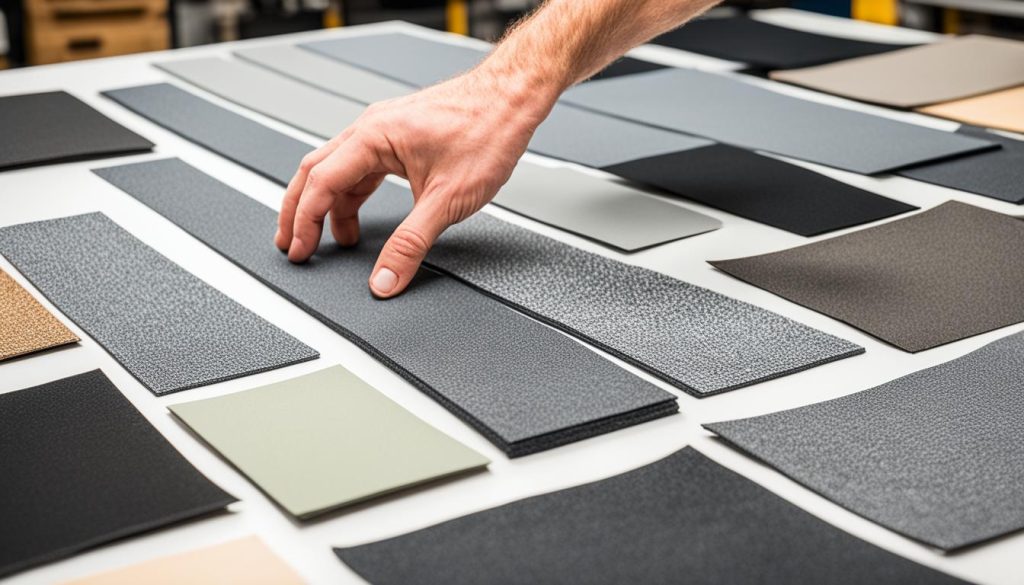
Conclusion
By utilizing sound deadening solutions, I can elevate my car’s audio system performance, reducing cabin noise and disturbances that diminish sound clarity and impact. From targeting road noise, engine rumble, and structural vibrations to employing the right materials and installation techniques, sound deadening can transform my vehicle into a sanctuary of pristine audio quality. Whether I’m an audiophile or a casual listener, harnessing the power of sound isolation can unlock a new level of immersive, enhanced driving experiences.
With the guidance and expertise provided in this comprehensive guide, I now have the tools to embark on my journey towards achieving the ultimate car audio experience. The conclusion of this article reiterates the significant benefits of sound deadening, allowing me to recap the key points and summarize the profound impact it can have on elevating my in-vehicle audio quality to new heights.
By prioritizing sound deadening as part of my car audio upgrades, I can look forward to deeper, tighter bass, reduced distortion, improved volume levels, sharper highs, and a more expansive soundstage – all while ensuring the longevity of my audio components. This investment in sound isolation will transform my daily commutes and road trips into an immersive, distraction-free auditory experience that I can truly savor.
FAQ
What is sound deadening and how does it work?
What are the main sources of noise that affect car audio quality?
What are the different types of sound deadening materials and their benefits?
How does sound deadening improve car audio quality?
Where should sound deadening materials be installed in a vehicle?
How do I maintain and care for installed sound deadening materials?
Is sound deadening a cost-effective way to improve my car’s audio quality?
Source Links
- https://www.linkedin.com/pulse/does-sound-deadening-improve-car-audio-quality-best-uk-products-xoaof
- https://b-quiet.com/fr/blogs/news/improve-car-audio-system-performance
- https://forum.lowyat.net/topic/2742446/all
